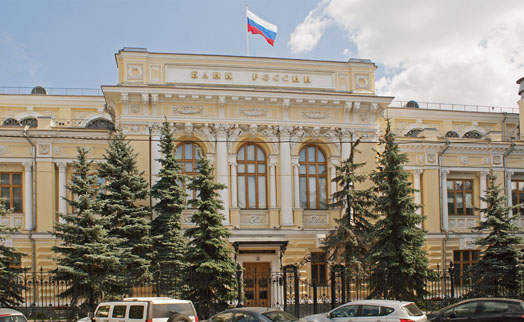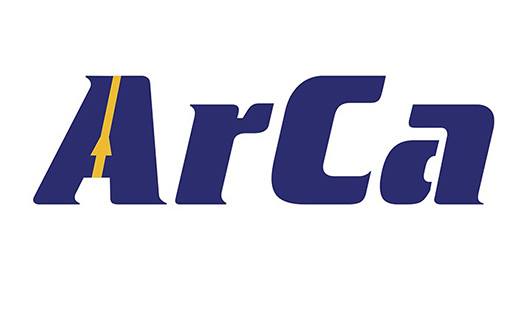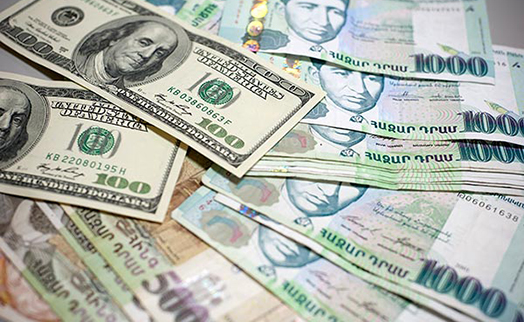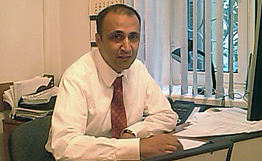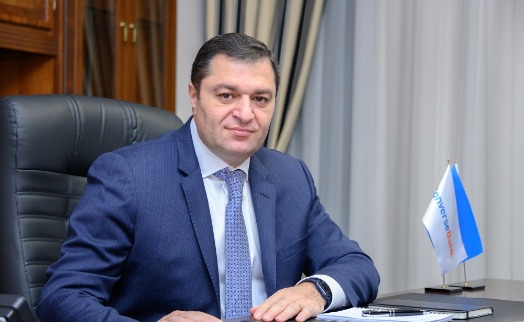29.05.2012 18:05

Exclusive interview with Ishkhan Mkhitaryan, the executive director of Armenian Card payment system
ARKA - Mr. Mkhitaryan, could you speak about the growth in the number and amount of transactions via plastic cards in 2011 compared to 2010?
Mkhitaryan - The volume of transactions made by using ArCA cards increased by 15% and the volume of transactions by using international payment cards by 42%. In 2011 ArCa cards were used to make 5,960,457 transactions worth a total 243.2 billion drams; international payment cards were used to make 5,515,770 transactions worth about 299.4 billion drams. For comparison, in 2010 ArCa cards were used to make 5,172,969 transactions worth about 211 billion drams, and international cards were used to make 3,716,524 transactions worth 210.2 billion drams. Overall, the number and the amount of transactions annually grow by about 10-15%.
ARKA – How many new plastic ArCa cards were issued last year and how many cards are active currently?
Mkhitaryan - In 2011 we issued 315,163 new cards. To date, the total number of active cards is 836,066 pieces. Active cards are those which are used to make transactions. Over the last month of 836,066 active cards some 590,414 (71%) were used to make transactions.
ARKA – How many times a payment card was used last year on average as opposed to the previous year and what is the amount of an average transaction via ATM and POS-terminals of the system and what kind of transactions prevail?
Mkhitaryan - In 2011, one plastic card was used to make 17 transactions worth a total of 47,282 drams. The average volume of cash transactions totaled 49,983 drams, and that of non-cash transactions – 35,763 drams. It is interesting that these figures virtually have not changed over the last years. During the same period in 2010, one plastic card was used to make 16 transactions worth 47,381 drams. The average volume of cash transactions was 49,229 drams and that of non-cash transactions – 37,417 drams.
ARKA – How many service points, ATMs and POS-terminals the system had at the end of 2011?
Mkhitaryan - At the end of 2011 there were 4,148 service points with 4,740 POS-terminals. There were also 837 ATMs, up from 2,958 service points, 3,470 POS-terminals and 673 ATMs in 2010. Accordingly, the number of service points increased by 40%, that of POS-terminals by 37%, and ATMs by 24%.
ARKA - What are the volumes and the share of non-cash transactions in the total volume of transactions made by using plastic cards? Are there specific mechanisms to promote non-cash circulation in Armenia via cards?
Mkhitaryan - The volume of cashless transactions is about 6.5 billion drams or 12.72% of the total volume of transactions made by using plastic cards. The average figure in the system is 12%-13%. This, in principle, is not a bad figure, but the growth of this indicator will benefit all, including the government, since cashless transactions are clean transactions.
To promote cashless transactions we have been conducting annual campaigns in cooperation with MasterCard international payment system. Banks also organize such campaigns and, in principle, this kind of work must be carried out on the daily basis. In this sense, we intend to conduct campaigns to raise the awareness of cardholders about the opportunities provided by plastic cards. We have certain ideas, and perhaps by the end of the year we will begin to implement them.
ARKA - How many salary cards are there now in Armenia, what is their share in the total number of cards, and how often they are used to make transactions?
Mkhitaryan – We do not differ between salary and other cards. We are often asked about their effectiveness. In my opinion, a plastic card is a tool for engaging people in the banking system. If a person has a bank account and transactions are carried out, he gradually begins to have his or her own record. The term "salary card" appeared in Russia in the early 90s because people had vague idea about having a bank account, making transactions with it and salary projects were a way of attracting people to banks. From this perspective, I assess salary cards positively. On the other hand, for a set of objective and subjective reasons salary cards are used largely to withdraw cash from ATMs. In this sense there is a lot of work to be done.
ARKA – What can you say about cooperation between Armenian Card and international payment systems?
Mkhitaryan – The Armenian Card is one of the few processing centers, which is processing today four international payment systems - MasterCard, Visa International, American Express and Diners Club. We are also the processing agent of the national payment system. From this perspective, we are a unique structure and are always in contact with international payment systems. Each of them has its own requirements, from time to time new products and services emerge. Due to the nature of specific relations with MasterCard (the Armenian Card is a principal member of this system) a variety of joint marketing initiatives designed to promote non-cash transaction are conducted each year.
ARKA - What are the numbers in terms of Web-based transactions and what can you say about prevention of Internet fraud in Armenia?
Mkhitaryan - The highest rate of web-based transaction in our system - about 80,000 - was recorded in December 2011. In March 2012 their number grew to 84,201 with a total amount of over 1 billion drams. The number of transactions compared with the same period last year grew by 84% and the volume by 83.5% by volume. The volume of Web-transactions is 12.3% of the total volume of cashless transactions.
As for security, the number of online stores in Armenia is still restricted. I always advise to be cautious about fraudulent tricks, like letters asking the card number and other related data, or PIN-code to update the database at the bank. One should not also leave a card without supervision, not to use premium cards with large balances for payments in private booths and shops.
Secondly, one should always follow the security of websites used to make Internet payments, do not make payments via lesser-known sites, etc. One has to be careful, because carelessness and negligence of cardholders are the best friends of cyber fraud. Of course, I am not trying to shoulder all the responsibility on cardholders; we, of course, are also working towards improving the safety of our services, including in the Internet. We are going to install soon the latest software security technology -3D-Secure, which will raise the security of Internet payments to a new level.
ARKA - What are the main objectives and plans of the Armenian Card in 2012?
Mkhitaryan - The most important project is migrating the Armenian Card to the new system, which will cost more than $1 million. Once implemented, cardholders and banks will have a higher level of service. This will happen, according to our forecasts, by the end of summer or early in autumn this year.
The currently working software was installed 11 years ago; therefore, it is morally and technologically outdated and does not meet modern requirements of effective development of the banking business. The new software will allow to shift to a new level of relations with banks, to install a more efficient database management system, as well as to provide a broad platform of different operating systems, including the Internet.
ARKA - What can you tell about your first quarter performance numbers and their dynamics?
Mkhitaryan – The Armenian Card system issued 92,148 cards in the first quarter, which is 30.2% more than in the first quarter of 2011, including 43,678 ArCa cards against 25,825 ArCa cards in January-March 2011; also 28,658 Visa cards were issued against 19,548 from a year earlier and 19,812 MasterCard cards, by 21.9% less than in the first quarter 2011. In addition, in the first quarter of 2012 ArCa cards were used to make 2,902,176 transactions worth 126.4 billion drams, by 36.8% and 32.8% more respectively from a year earlier. I would like to note also that in January-March 2012 the number of cash transactions grew by 33.3% from a year earlier to 2,474,922, while their volume grew by 29.6% to 117.8 billion drams. During the reporting period 546,373 non-cash transaction were made, an increase of 57.1%, totaling about 15.5 billion drams. -0-
Read the news first and discuss them in our Telegram
Tags:






